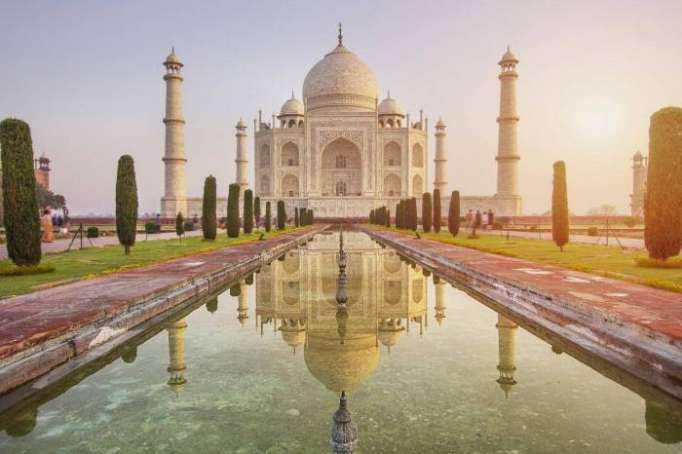The iconic pearly monument has been stained a brownish and greenish colour by insects and pollution, and the country’s Supreme Court has ordered the state government to protect one of the world’s most famous buildings.
Speaking in an open court session on Tuesday, Supreme Court judges Madan Lokur and Deepak Gupta examined photographs of the 17th-century mausoleum submitted by environmentalists, saying: “Earlier it was turning yellow and now it is becoming brown and green.
“It is very serious. It seems you are helpless. It has to be saved. You can get help from experts from outside to assess the damage done and restore it.”
The court has now ordered the government to fix what is described as a serious issue.
Additional Solicitor General ANS Nadkarni, representing the government, said there are plenty of experts in the country whose help could be sought to preserve the monument.
But the justices claimed the government lacked expertise or “perhaps did not care”.
The Supreme Court has been overseeing developments in cases about potential harm to the Taj Mahal since the 1980s.
The government has even been ordered to shut down thousands of factories situated in the vicinity of the monument over the years, but activists still say that the regal marble is losing its lustre.
Pollution and construction are said to be the two factors, but the Yamuna – thought to be India’s most polluted river – attracts insects which excrete waste onto the monument’s walls.
The mausoleum was built in the 17th century by the Mughal Emperor Shah Jahan in the city of Agra and is now one of the world’s leading visitor attractions, drawing up to four million tourists a year.
For years the monsoon rains in Agra were enough to clean the tomb, but due to pollution worsening over the last couple of decades the monument has turned yellow and black.
Workers now use fuller’s earth – a mud paste that absorbs dirt, grease and animal excrement – to remove the discolouration, but over the last few years the scaffolding they need to apply it has prevented tourists from taking photographs of the monument.
The Independent
More about: TajMahal
















































